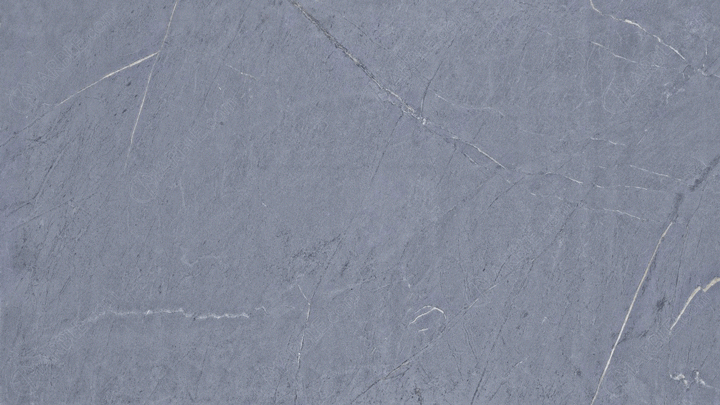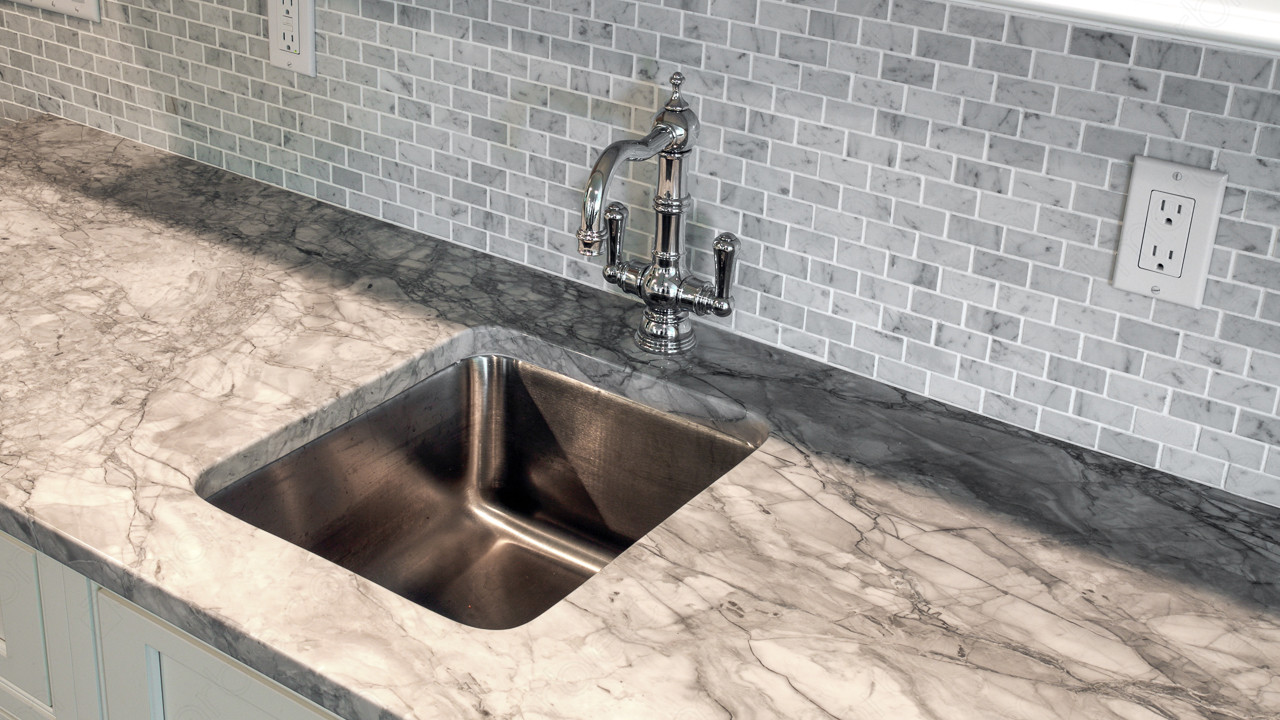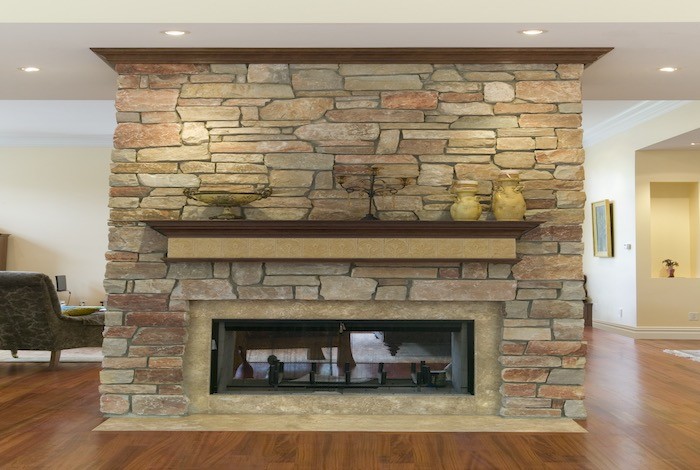
Table of Contents
What is Soapstone?
Soapstone, also known as steatite, is a natural quarried stone that is often used as a building material. The natural stone is comprised of mostly talc, while also containing other minerals such as chlorite and carbonates. Because of the high concentration of talc present in the stone, soapstone has a smooth surface.
The amount of talc in soapstone varies. Because of the stone’s softness, soapstone that contains high amounts of talc is often used for carving. The famous “Christ the Redeemer” statue in Rio de Janeiro is faced with soapstone. On the other hand, soapstone that has a lower amount of talc in it is suitable for home surfaces, like countertops.
Soapstone countertops will give your home a beautiful look. The stone darkens with age, giving it a highly desirable worn look over time. To speed up the darkening process, you can treat your countertop with mineral oil. This will help the countertop develop a dark patina that will highlight the natural aging process of the soapstone. Soapstone can be found in various shades of gray, some with hints of green, black or blue.
[get_quote]
Soapstone countertops work particularly well in a kitchen setting. This is because, despite the softness of the stone, it is very dense. The material is both heat and stain resistant, and unlike many other stone countertops, will not have to be sealed.
In addition to home countertops, soapstone is used for laboratory countertops, sinks, stoves, fireplace surrounds, insulators for electrical components and cookware. It has traditionally been used for cemetery markers, ornamental carvings and sculptures, wall and floor tiles, facing stone, marking pencils and molds for metal casting.
Soapstone countertops are often seen in laboratories for practical reasons. The stone will not be compromised by acids or alkalis that might be spilled on its surface.
What is Soapstone Used For?
Native American civilizations used soapstone to make bowls, pipes, ornaments and cooking materials as far back as 5000 years ago. Scandinavian cultures also made use of soapstone, using the material for cooking pots, cooking slabs, bowls and hearth liners. As time went on, the stone was also used as a mold for casting objects such as knife blades and spearheads.
The soft nature of soapstone made it possible for these civilizations to create the cookware using only sharp stones, bones and antlers as tools. These cooking materials were often highly sought after, and would be traded frequently in various civilizations. Archaeologists believe that many large soapstone pots are an indication that groups of people intended to settle in the pot’s location for a long period of time.
Because soapstone has an ability to hold heat and retain it for long periods of time, the material is a perfect choice for fireplaces and wood burning stoves. The heat produced by either will last for a considerable length of time after the fire burns out.
Where Does Soapstone Come From?
Soapstone can be found worldwide. However, it is not found in very large quantities. As for the United States, most of the country’s soapstone is quarried in Virginia and Vermont.
While dense, soapstone is not indestructible. The material is prone to chipping and scratching if you do not exercise proper caution. For example, you should not cut directly on the surface of a soapstone countertop, as doing so will leave knife marks. However, if your soapstone countertop only has minor scratches, these can easily be repaired by sanding them out.
How Much Does Soapstone Cost?
Soapstone costs generally fall in the range of pricier granite, but not as much as some types of marble. To get a better idea of how much a soapstone countertop will cost, you can get an online estimate.
Pros and Cons of Soapstone Countertops
Soapstone countertops offer many benefits, from looks to durability. However, no countertop comes without some minor drawbacks. Below are the pros and cons of having a soapstone countertop.
[get_quote]
Pros:
| Heat and Stain resistant |
| Low Maintenance |
| Smooth Feel |
| Adaptable to Many Different Styles |
Cons:
| Not Available in a Wide Range of Colors |
| Limited Slab Sizes |
| Will Darken Over Time |
| Can Be Easily Scratched or Chipped |
Pros Explained:
Heat and Stain Resistant
A soapstone countertop will be both heat and stain resistant. This makes it a viable choice to be utilized in the kitchen. Hot pots and pans will not cause any damages to the surface. Despite its stain resistance, it is still not recommended that you leave any spills sitting on your countertop.
Low Maintenance
Soapstone countertops require very little maintenance compared to other stone countertops. You can use any common household cleaner on your soapstone countertops. Various chemicals and acids will not cause any damage to the surface. However, it is recommended to clean with just soap and water if the countertop has been treated with mineral oil. Harsher cleaners may remove the mineral oil, causing you to have to re-apply it. As with any natural stone countertop, soapstone will last a very long time if you take proper care of it.
Smooth Feel
Soapstone is one of the smoothest materials you can use for a countertop, much like marble. However, it comes with much lower maintenance than a marble countertop will.
Adaptable to Many Different Styles
A soapstone countertop will be a good fit for virtually any kitchen you put it in. The various shades of gray act as neutral colors and will work well with almost any style of kitchen.
[get_quote]
Cons Explained:
Not Available in a Wide Range of Colors
As mentioned, soapstone comes in various shades of gray. If you are not looking for a gray natural stone countertop, there are many other options you can consider. These include granite, marble and quartz, just to name a few.
Limited Slab Sizes
Because soapstone is not found in very large quantities, slab sizes are often limited. This could be a factor if your kitchen requires a larger countertop, as visible seams may not appeal to your taste.
Will Darken Over Time
Whether or not you treat your soapstone countertop with mineral oil, the stone will naturally darken over the course of time. If you do not like the idea of your countertop becoming darker with aging, you should choose a different material.
Can Easily Be Scratched or Chipped
While its heat and stain resistance make soapstone a good choice for kitchen countertops, it is not perfect. Soapstone countertops can be scratched or chipped if you are not careful. Make sure to never cut directly on the surface. You will also need to avoid dropping any heavy kitchen items, such as a cast iron skillet, on the countertop.
A soapstone countertop will add both visual appeal and functional benefits to your kitchen. If you are looking for a countertop with a stylish look, you cannot go wrong with soapstone, as the material’s natural aging process will give your countertop a distinct patina. This historic building material is sure to please if you choose it for your home remodeling project.
National Average
$4,000
(30 sq.ft. of moderate countertop with eased edge, undermount sink, and no backsplash)
Cost to install kitchen countertops varies greatly by region (and even by zip code). Get free estimates from countertop installers in your city.
Find out how much your project will cost.
















 The article helped me immensely
The article helped me immensely
 I’m now more informed on the subject
I’m now more informed on the subject
 I have questions about Marble.com
I have questions about Marble.com
 The article was not accurate at all
The article was not accurate at all
 There is a serious lack of information
There is a serious lack of information
 I have questions about Marble.com
I have questions about Marble.com